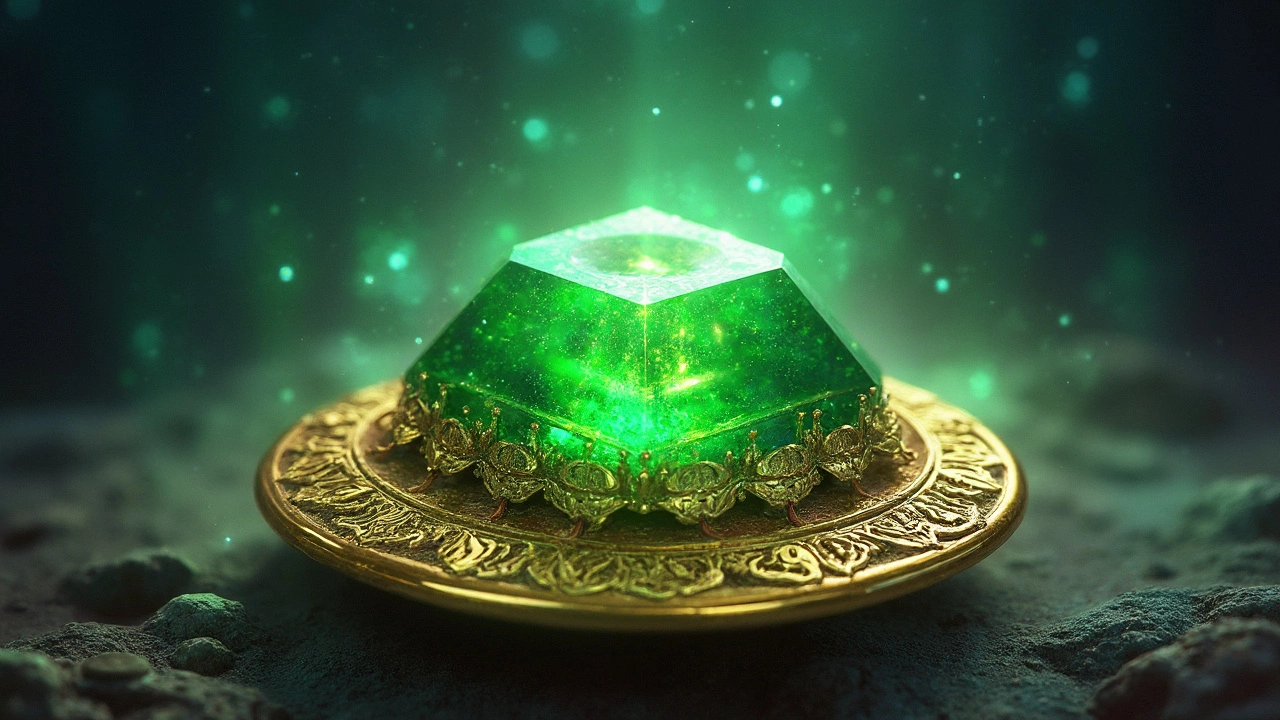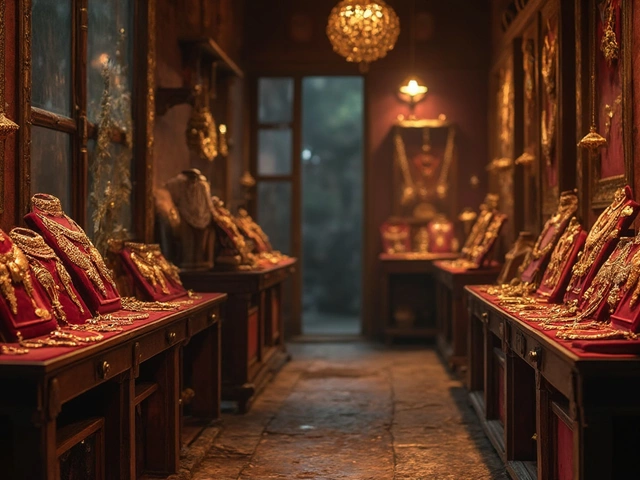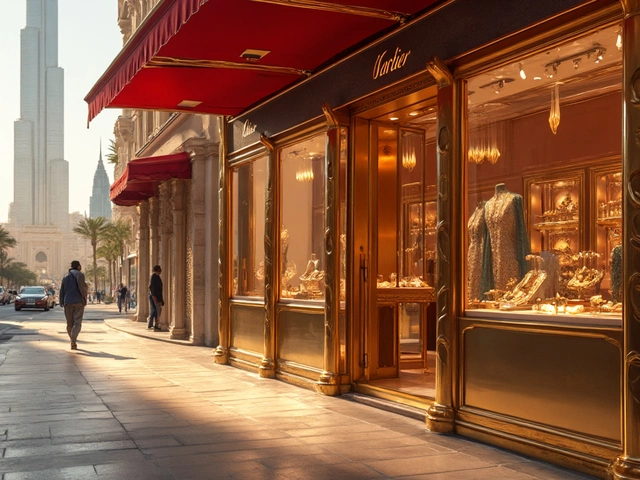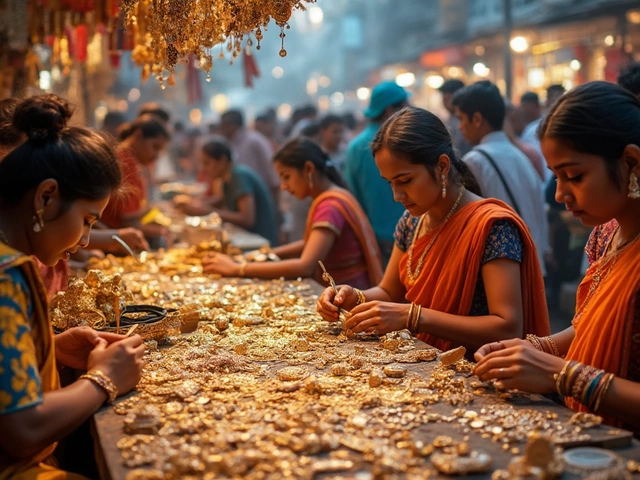Panna Gemstone Restrictions – A Practical Guide
If you’ve ever stared at a deep‑green Panna (emerald) and thought about buying one, you’ve probably heard the word “restriction” thrown around. It isn’t just a buzzword – there are real rules that affect how you can purchase, sell, or export Panna gemstones in India. Let’s break down the most important ones so you can shop with confidence.
Legal Limits on Size and Purity
First off, the government categorizes Panna based on carat weight and clarity. Stones larger than 2 carats need a certification from the Gemological Institute of India (GIA) or an equivalent lab. This isn’t just for bragging rights; it’s a legal safeguard that stops fake or heavily treated stones from entering the market. If a seller can’t show a valid report, you should walk away.
Another rule concerns treatments. Heat‑treated Panna is allowed, but the treatment must be disclosed on the certificate. Untreated, natural Panna commands a premium, and the certification will explicitly state "untreated" if that’s the case. Keep an eye on those fine print details – missing information could mean the stone is artificially enhanced.
Export and Import Controls
Planning to ship a Panna abroad? The Export Promotion Capital Goods (EPCG) scheme requires you to get an export license for any gemstone above a certain value (currently around ₹1 lakh). The paperwork includes a detailed description, weight, and the certification number. Without this, customs can seize the package and you’ll face hefty fines.
Importers face similar hurdles. India imposes a 10% import duty on gemstones, plus a GST of 18%. The customs officer will ask for the same GIA report you received at purchase. If the paperwork is missing or doesn’t match the stone, the gem could be held or even returned.
Buying Tips to Stay Within the Rules
Here’s a quick cheat‑sheet for buying Panna without getting tangled in red tape:
- Ask for the certificate. Legit sellers always have a GIA or IGI report ready.
- Check the treatment disclosure. Hidden heat‑treatment can lower value and may be illegal to sell as "natural."
- Know the weight limit. If the stone is over 2 carats, expect a higher price and a stricter verification process.
- Verify the seller’s GST registration. This proves they’re a legitimate business and can issue proper invoices.
- Keep all documents. You’ll need them for resale, insurance, or any future export plans.
Following these steps not only protects you from fraud but also keeps you on the right side of Indian gemstone law.
Why These Restrictions Matter
Restrictions exist to preserve the integrity of India’s gemstone market. Panna is sourced mainly from the state of Madhya Pradesh, and uncontrolled trade could deplete reserves or flood the market with low‑quality stones. By enforcing certification and export rules, authorities aim to maintain fair prices and protect buyers.
For collectors, this means a more stable investment. For everyday shoppers, it translates to fewer surprises when the stone arrives at your doorstep. In short, the rules are there to make sure you get exactly what you paid for.
So next time you see a gorgeous Panna in a shop window, you’ll know what paperwork to demand, how to verify authenticity, and what limits apply if you want to take it home – or abroad. Happy gem hunting, and remember: a certified stone is a happy stone.
Who Should Not Wear Panna?
Panna, or emerald, is revered in Indian culture for its striking green hue and potential astrological benefits. However, not everyone should wear this gemstone. Some zodiac signs might experience negative effects from it, and certain individuals with specific astrological placements should be cautious. This article explores who should avoid wearing Panna and provides insights on its astrological impacts.





